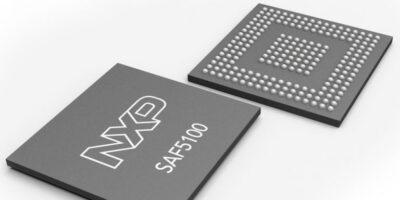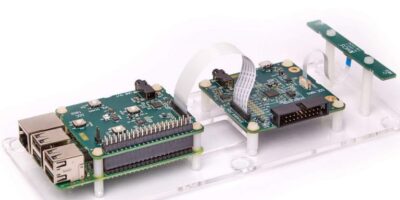Now available with a white label chip called Smartrac OTP, the Circus Pro NFC inlays or tags have been developed and manufactured by Smartrac as a cost-effective option for secure product authentication in premium consumer packaged goods (CPG), industrial components, retail, cosmetics and healthcare, as well as branded pharmaceutical products.
The Circus Pro NFC inlays or tags can be embedded into physical products or packaging to provide real-time tag and message authentication based on cryptographic algorithms. The OTP IC generates one time password values based on hash-based message authentication codes as published by the Internet Engineering Task Force (IETF RFC 4226). To comply with an array of individual customer requirements, the chip supports a choice of digital verification services for secure product authentication and the delivery of exclusive digital content.
All Circus Pro inlays and tags enable customers to easily and securely verify product authenticity with their smartphones.
The Circus Pro range includes Circus Dura, Circus Flex, Circus On-Metal and Circus Tamper Loop NG inlays and tags. Smartrac’s Circus Pro NFC inlays and tags and Circus Pro Flex wet inlays with OTP ICs are available now.
Smartrac specialises in RFID products and IoT solutions, providing both ready-made and customised offerings. Its portfolio is used in animal identification, automation, automotive, brand protection, customer experience, industry, library and media management, logistics, retail and supply chain management.
Smartrac has global Research & Development Centers, production and sales network, and its IoT solutions platform Smart Cosmos. Smartrac received ARC Quality Certification from Auburn University’s RFID Lab for the design and manufacturing of its RFID inlays.







